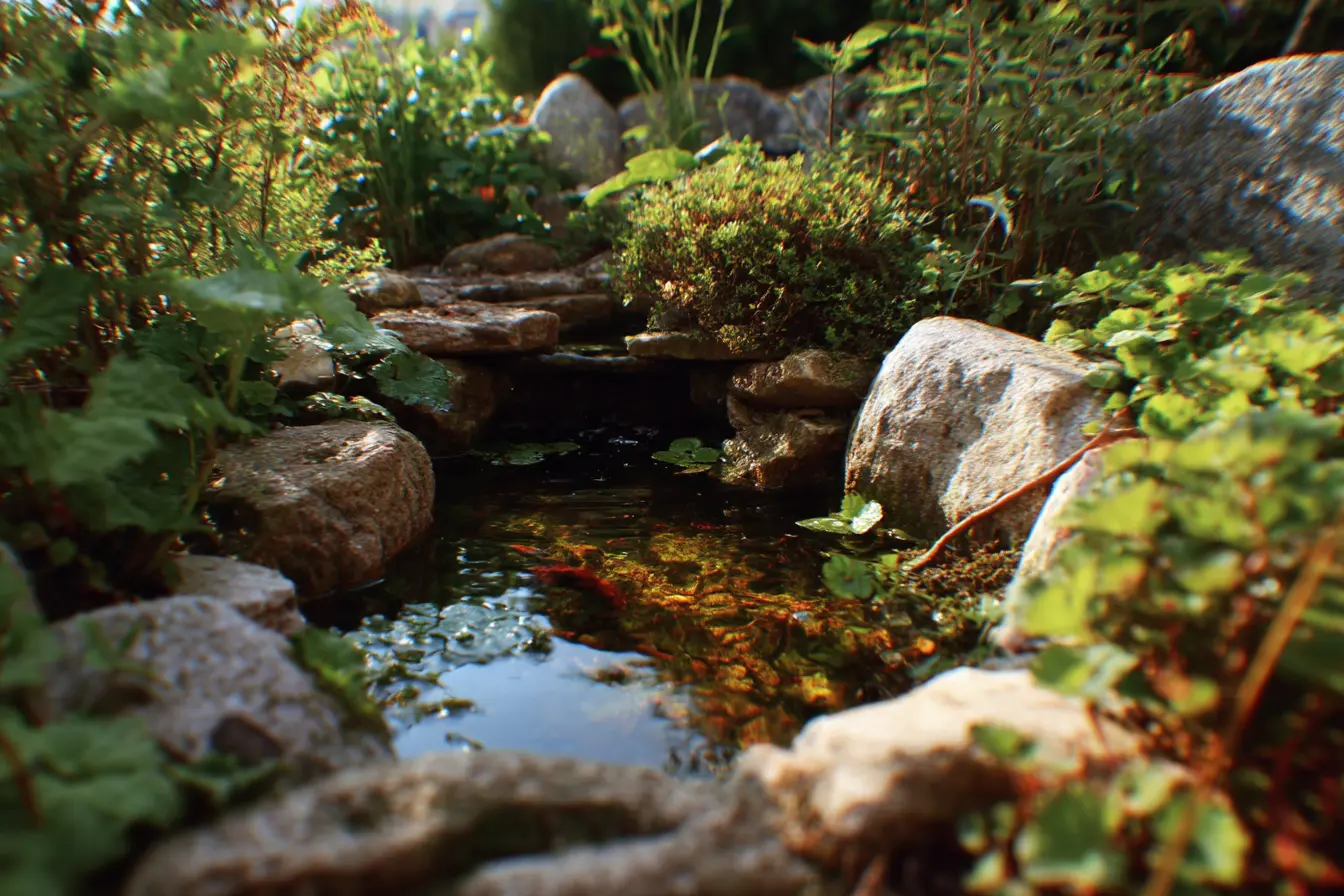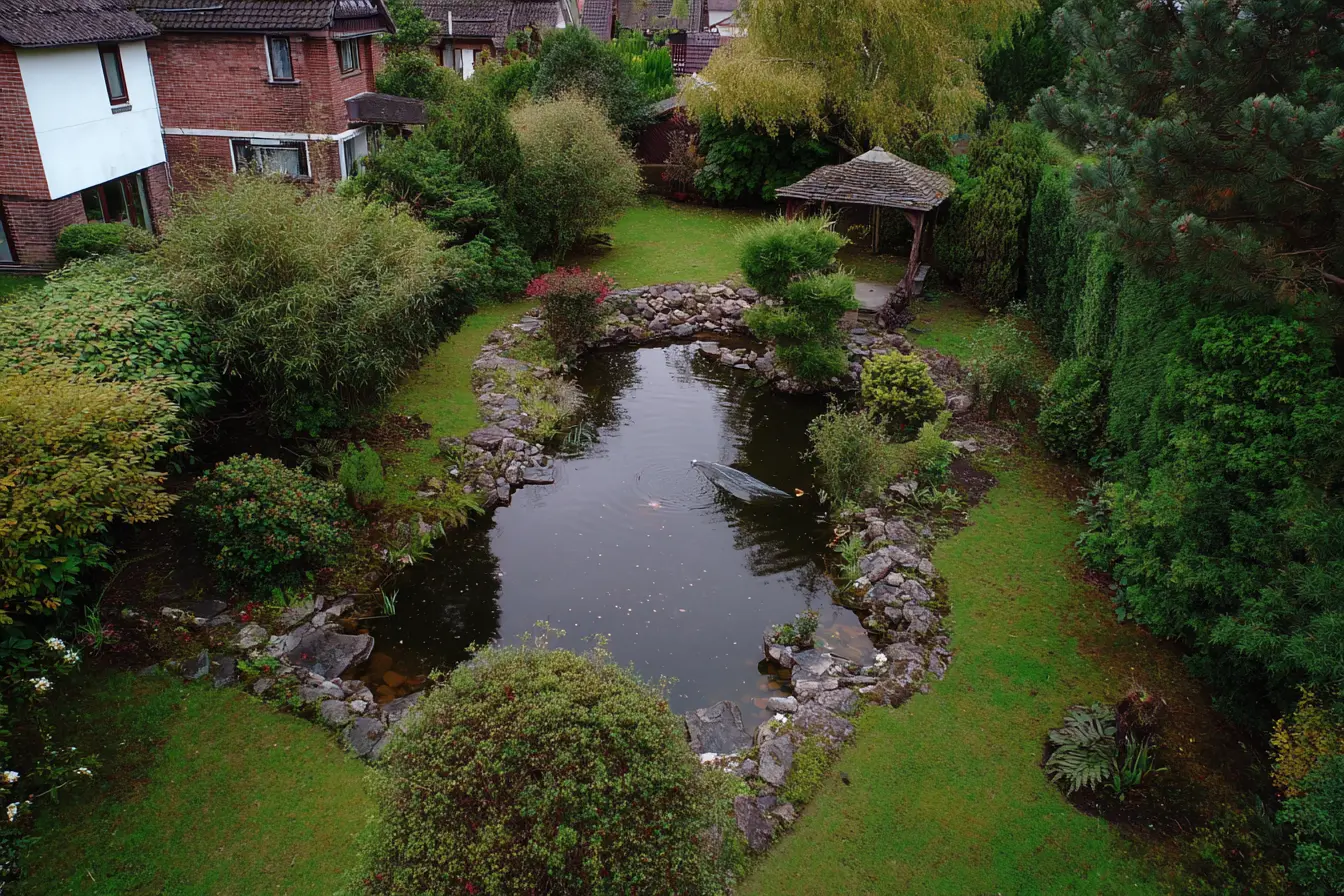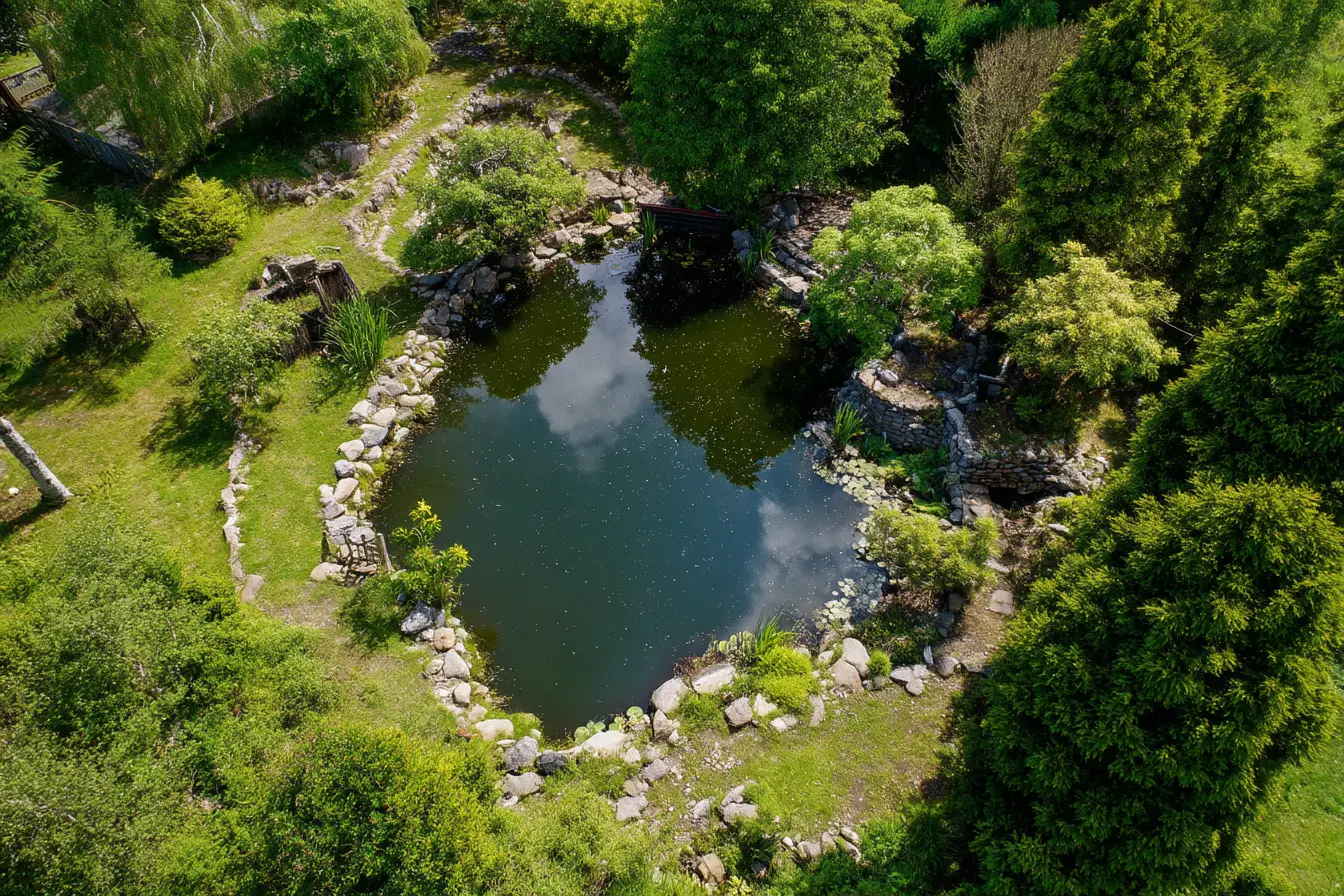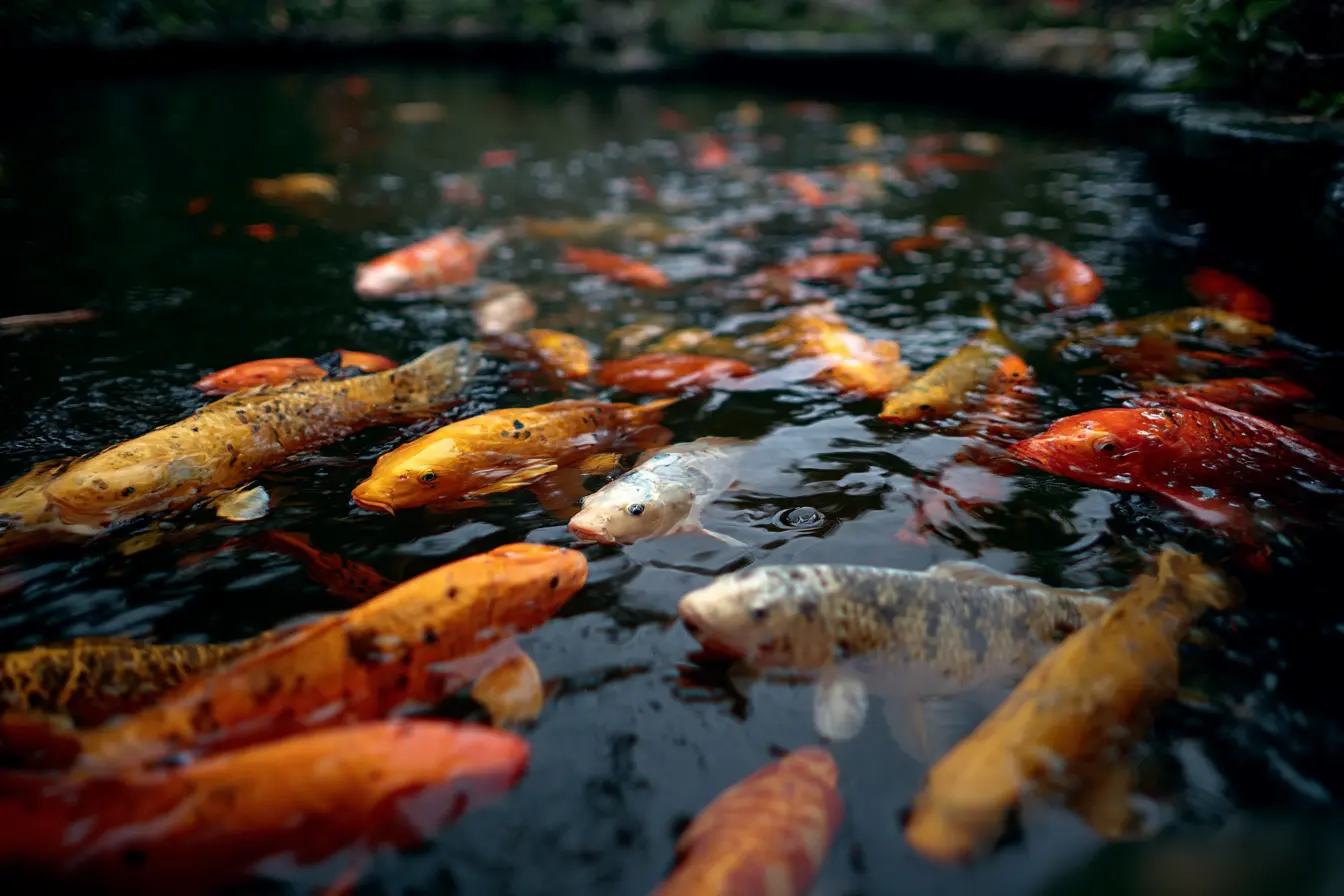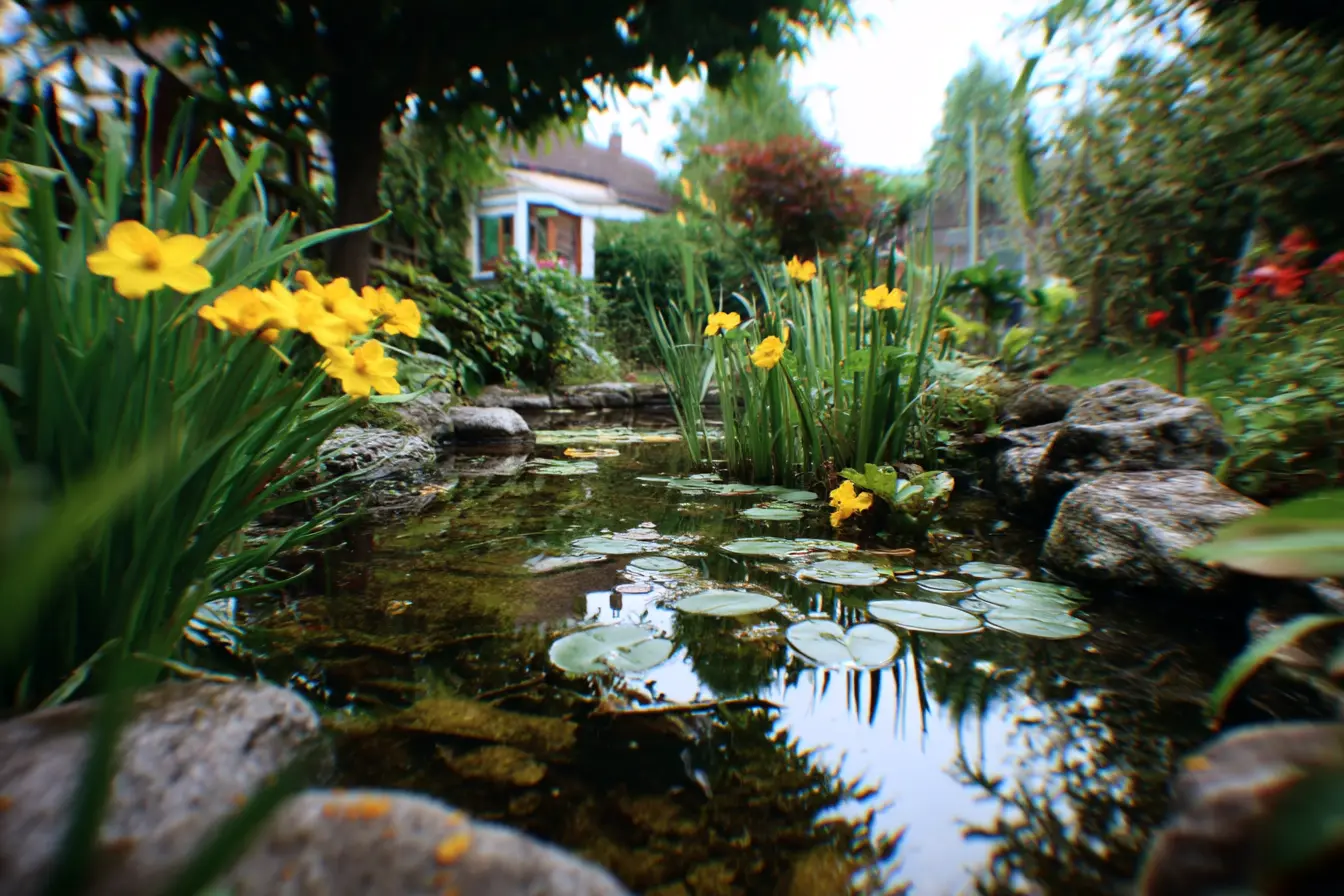
Comparing Back Garden Pond Liners
Adding a pond to your garden can transform your outdoor space, attracting wildlife and providing a tranquil retreat. One of the most crucial decisions when building a pond is choosing the right pond liner. It can mean the difference between a long-lasting water feature and a leaky disappointment.
This guide explores the main types of pond liners, their advantages, disadvantages, costs, and key considerations, helping you make an informed choice.
Why a Pond Liner Is Important
A pond liner creates a watertight barrier between your pond water and the surrounding soil. Without one, most soils would allow water to seep away over time. Liners enable you to create ponds where the soil isn’t naturally waterproof, and they give you full control over the size, shape, and depth of your pond.
Main Types of Pond Liner
Flexible Pond Liners
Flexible pond liners are sheets of material that you can shape to fit your pond design exactly.
Common Materials
- EPDM Rubber
- Butyl Rubber
- PVC (Polyvinyl Chloride)
- HDPE (High-Density Polyethylene)
Advantages
- Highly adaptable to irregular shapes and designs
- Available in different thicknesses and qualities
- Repairable with patches if punctured
Disadvantages
- Installation can be more labour-intensive
- Vulnerable to sharp rocks if not properly protected
- May require an underlay for extra protection
Preformed (Rigid) Pond Liners
Preformed liners are moulded into a set shape and size, usually made from fibreglass or strong plastic.
Advantages
- Quick and easy to install
- Durable and long-lasting if properly installed
- Ideal for smaller ponds or formal designs
Disadvantages
- Limited in terms of shape and size
- Can be tricky to level perfectly in the ground
- More expensive per litre of water compared to flexible liners
In-Depth Material Comparison
EPDM Rubber Liners
- Durability: 20–30 years
- Flexibility: Very high, excellent for complex shapes
- Cost: Mid to high
- Other Notes: UV-resistant, fish-safe, tolerates temperature changes
Butyl Rubber Liners
- Durability: 30+ years
- Flexibility: Exceptional
- Cost: High
- Other Notes: Premium quality, often preferred by professionals
PVC Liners
- Durability: 10–15 years
- Flexibility: Good, but stiffens in cold weather
- Cost: Low
- Other Notes: Economical, but less durable, can become brittle over time
HDPE Liners
- Durability: 20+ years
- Flexibility: Fair
- Cost: Low to mid
- Other Notes: UV-resistant, stiffer than EPDM, harder to shape
Choosing the Right Pond Liner
When deciding on a liner, consider:
- Size and Shape of Pond: Flexible liners for irregular designs; preformed for small, formal shapes.
- Budget: PVC and HDPE offer cost-effective options; EPDM and Butyl are investments for longevity.
- Climate: EPDM and Butyl withstand freezing and UV better.
- Installation Skills: Preformed liners are easier for beginners, while flexible liners require more precision.
- Wildlife Considerations: Ensure the material is fish- and plant-safe if you intend to stock the pond.
Additional Tips for Success
- Use an Underlay: Always install a pond underlay beneath flexible liners to protect against sharp stones and roots.
- Allow for Overlap: When measuring, add at least 0.5m to each side for securing the edges.
- Check for Warranty: Good-quality liners often come with guarantees ranging from 10 years to lifetime warranties.
Conclusion
Choosing the right back garden pond liner is crucial for a successful, long-lasting pond. By carefully considering the type of liner, material, and your specific garden needs, you can ensure your pond remains a beautiful, thriving feature for years to come.
Whether you choose the adaptability of a flexible liner or the convenience of a preformed shell, with proper installation and care, your new pond will soon become a favourite spot for you and the local wildlife alike.
Vets near you
Speciality vets
- Aquatics vet specialists
- Birds vet specialists
- Camelids vet specialists
- Cats vet specialists
- Cattle vet specialists
- Deer vet specialists
- Dogs vet specialists
- Equines vet specialists
- Exotic vet specialists
- Goats vet specialists
- Pigs vet specialists
- Poultry vet specialists
- Sheep vet specialists
- Small Mammals vet specialists
- Wild vet specialists
